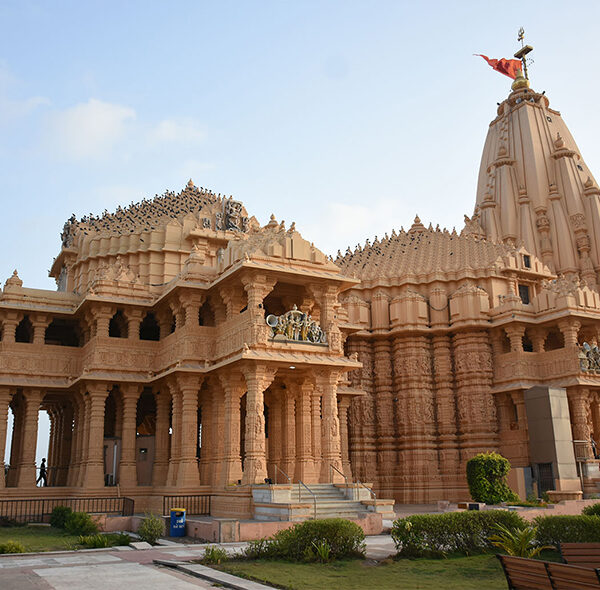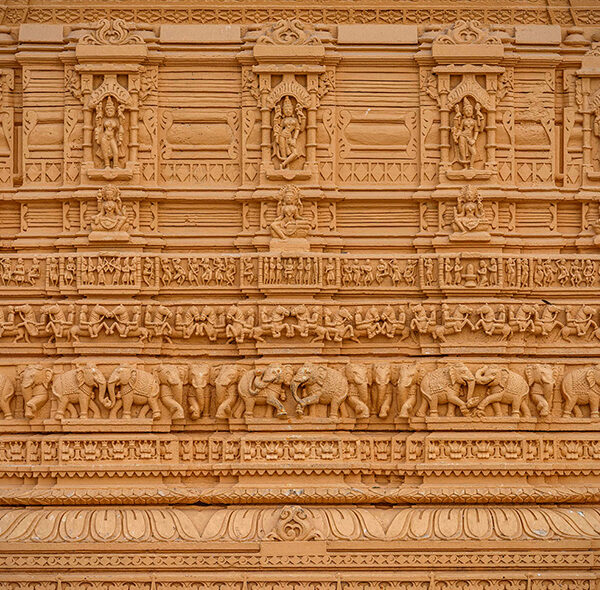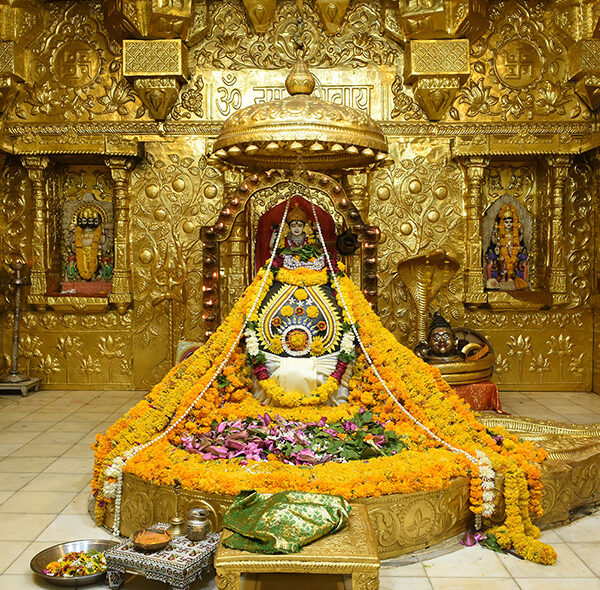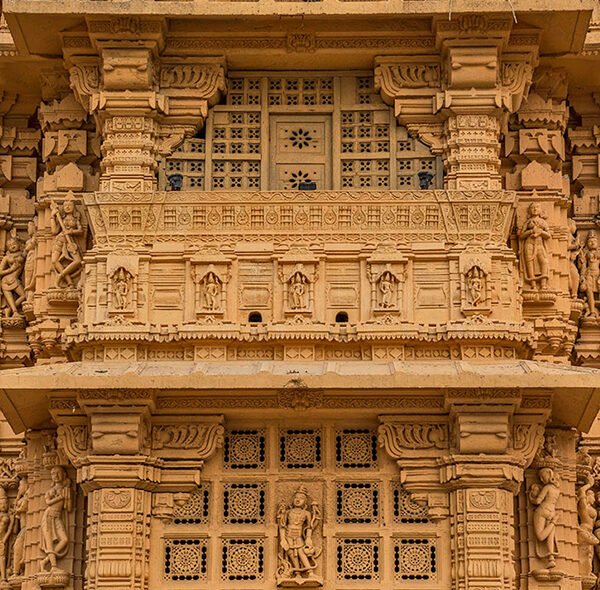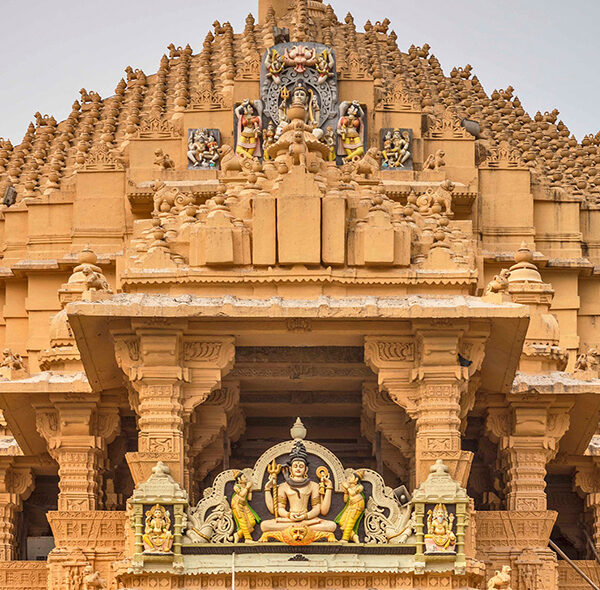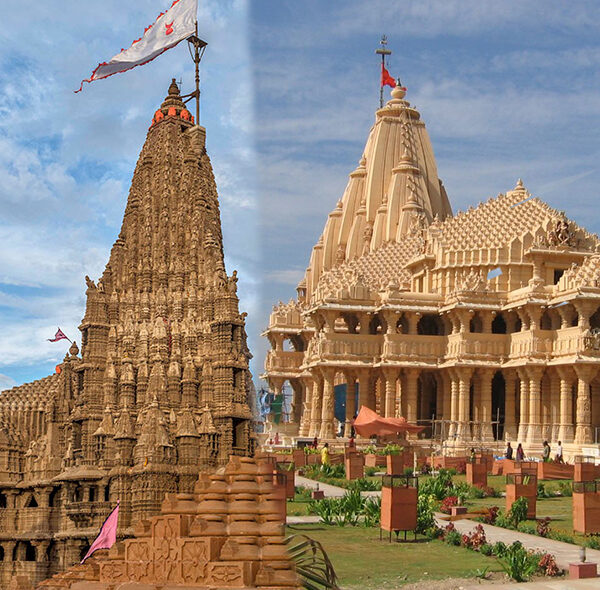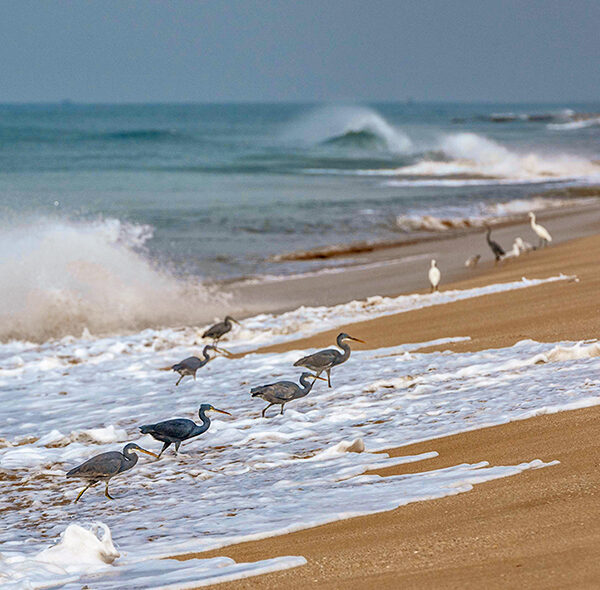Shree Somnath Jyotirlinga Temple
From
Duration
Tour Type
Overview
The Somnath Temple, an intricately carved honey-colored structure located on the western edge of the state of Gujarat, holds significant religious importance. It is believed to be the place where the first of the twelve holy jyotirlingas (lingams representing Lord Shiva) emerged in India. Legend has it that Shiva appeared as a fiery column of light at this spot. The temple stands at the meeting point of the Kapila, Hiran, and Sarasvati rivers, with the waves of the Arabian Sea touching the shore on which it is constructed.
The timeline of the Somnath Temple can be traced back to 649 BC, but it is believed to be even older. The present form of the temple was reconstructed in 1951. The temple’s architecture is serene and symmetrical, painted in a creamy color and adorned with fine sculptures. At its center is a large black Shiva lingam, considered one of the 12 most sacred Shiva shrines (jyotirlinga).
The history of the temple involves multiple instances of destruction and rebuilding. Al-Biruni, an Arab traveler, described the temple glowingly, attracting the attention of Mahmud of Ghazni, who looted the temple in 1024. Subsequent destruction occurred in 1297, 1394, and finally in 1706 by Aurangzeb, the Mughal ruler. After this last destruction, the temple remained in ruins until its reconstruction in 1950.
A noteworthy aspect of the temple is the colorful dioramas of the Shiva story lining the north side of the temple garden, though they might be challenging to see through hazy glass. Additionally, a one-hour sound-and-light show, narrated by Amitabh Bachchan, highlights the temple’s history and significance nightly at 7.45pm.
The best time to visit the Somnath Temple is during the cooler months of October to February. However, the site is open throughout the year. Festivals like Shivratri (usually in February or March) and Kartik Purnima (close to Diwali) are celebrated with great enthusiasm at the temple, providing a vibrant and spiritual atmosphere for visitors.
Included/Exclude
Tour Plan
Calendar & Price
General
General
General
General
General
General
General
General
General
General
General
General
General
General
General
General
General
General
General
General
General
General
General
General
General
General
General
General
General
General
General
General
General
General
General
General
General
General
General
General
General
General
General
General
General
General
General
General
General
General
Related Tours
Review Scores
Booking Tour
Tour Information
Max Guests
Min Age
Tour Location
Languages Support
Last Minute Deals

Hungary

Singapore



